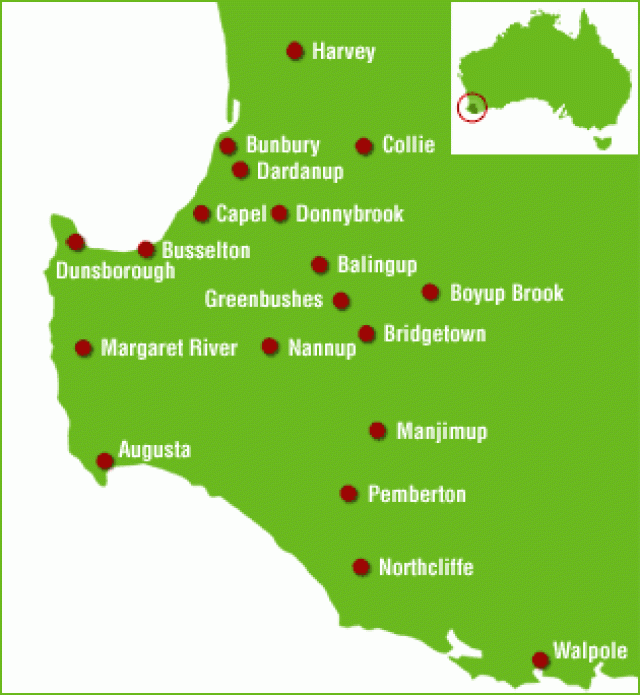
A “controlled burn” by the Department of Environment and Conservation (DEC) got way out of control in south-west Western Australia on November 23, turning into a raging bushfire that destroyed thirty homes and was still not under control days later. Suburbs affected include Gnarabup and Prevelly. Hundreds of people have been evacuated from their homes.
The DEC began the burn in the Leeuwin-Naturaliste national park. Weather information readily available on the internet made it clear that it was not a good time to burn. A week in advance, the weather forecast predicted hot weather. Even without weather forecasts, simple common sense would have warned against burning.
Local residents of the Margaret River region generally have strong fire awareness, and many are understandably furious at the DEC. This irresponsibility with fire is not acceptable in the southwest, the only part of the country internationally recognised as a biodiversity hotspot.
Unlike the bushfires in Victoria several years ago, this bushfire was not a result of extreme weather. Thirty-degree heat is fairly typical for this time of the year.
Yet the fact that this fire got out of control so rapidly underscores the need to protect the southwest from its numerous environmental threats. If this is what is possible with a combination of normal weather and human incompetence, what will happen to the southwest if global warming gets out of control?
What will happen if the mineral and petroleum industries get their way in the region?

Whicher Range Energy is investigating the southwest’s potential for a tight gas field of up to sixty wells. The film Gasland has shown how these kind of wells can pose a fire threat if they leak.
Gasland shows dramatic footage of people setting their tap water on fire due to groundwater contamination from shale gas operations.
Western Australia Premier Colin Barnett has announced the state government will investigate the fire and make $3000 assistance relief payments available to the victims.
This is a paltry amount, considering that some people lost their homes and a government department is responsible.
The DEC also started prescribed burns in Walpole, Manjimup and Denmark. The fire near Denmark also got out of control and destroyed 4000 hectares of bushland, said ABC News.
Denmark farmer Tony Pedro told the ABC: “In summer, the community doesn’t light fires ... the farmers don’t light fires and if someone does light a fire they’re called an arsonist.
“We’re surrounded by signs saying ‘aerial burning imminent’. It’s a bit like living in a war zone. You wait for a hot day and then you wonder ‘what on earth's going to happen today? Are we going to get bombed today?’”